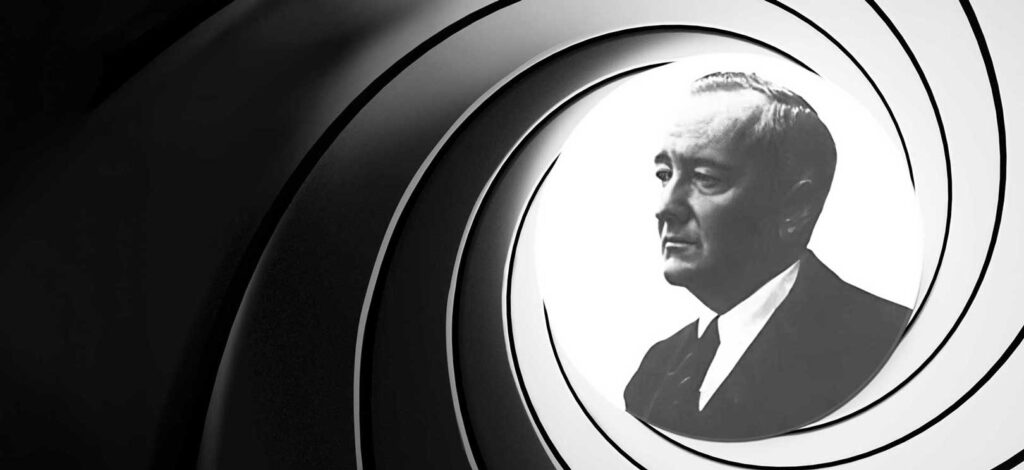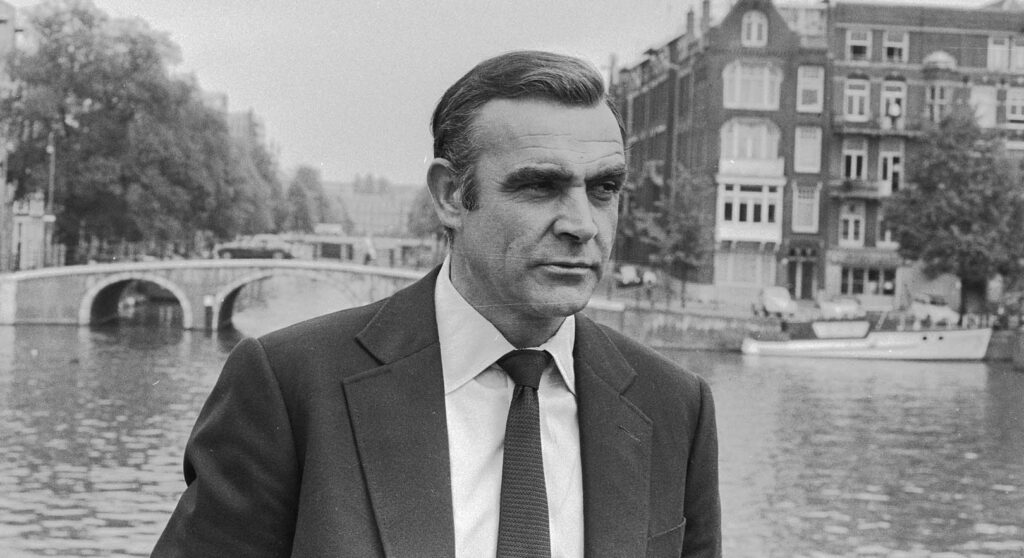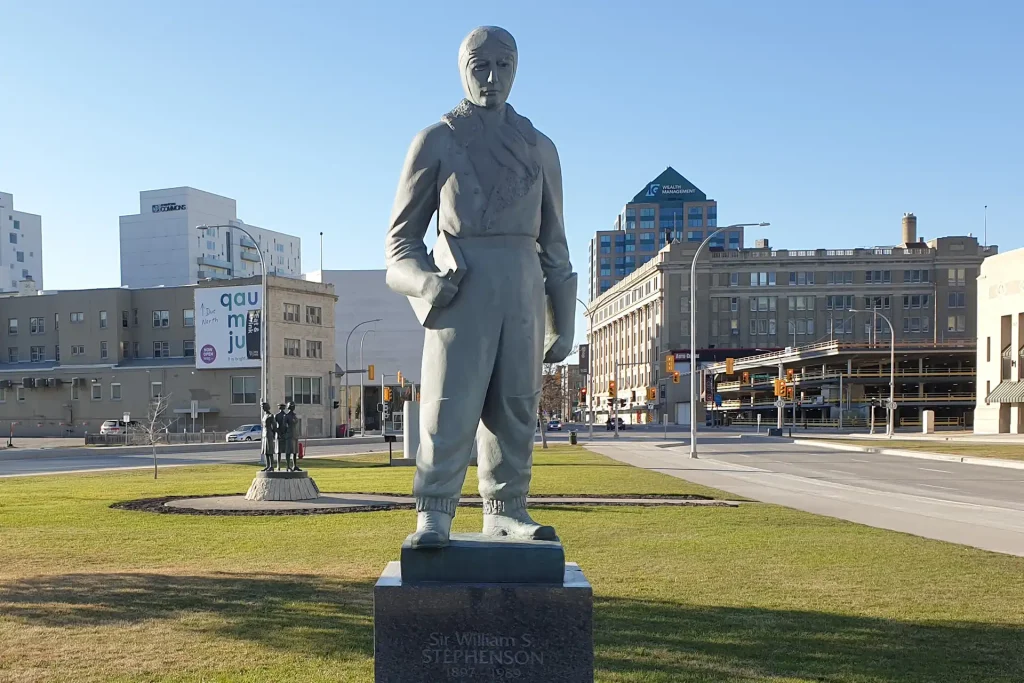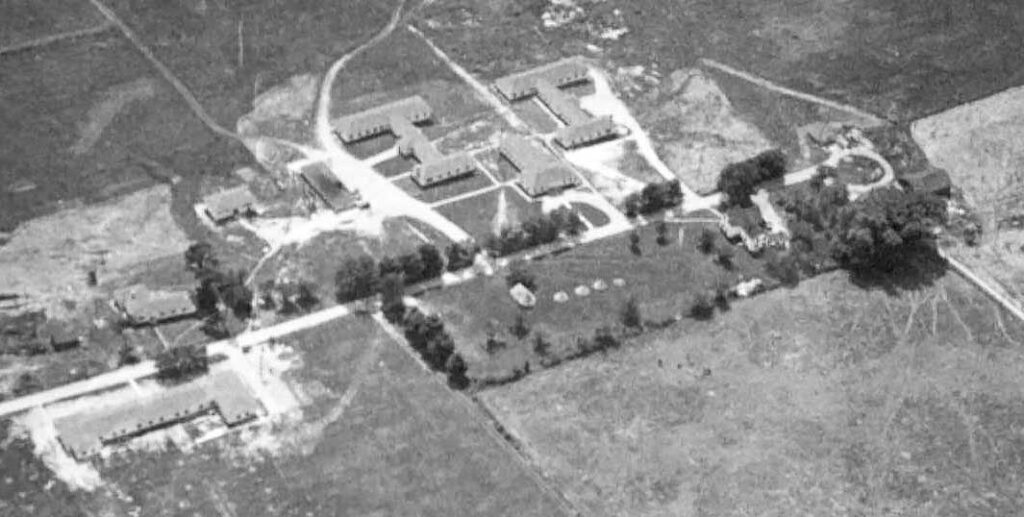Is there any truth to those rumours that William Stephenson may have been Ian Fleming’s inspiration for James Bond? For starters, note the first four digits of his six-digit service number [No.] on Stephenson ‘s World War 1 attestation paper.
Let us examine some statements on this topic that have been recorded in books, on websites, etc.
From the book The True Intrepid (by Bill Macdonald of Winnipeg):
‘ From the Manchester Guardian Weekly, ” Ian Fleming was one to serve under him, and there’s not much doubt that elements in Bond’s make-up were derived from Stephenson, not least his love for fancy gadgetry.” ‘
From the book The Irregulars (Roald Dahl …) (by Jennet Conant):
- ” (Ian) Fleming was completely captivated by Stephenson’s elaborate setup and the vast array of sophicated equipment he had accumulated, particularly the mechanical ciphering machines.”
- ” In Stephenson, he (Ian Fleming) had finally found someone whose passion for sophisticated weaponry surpassed even his own, and his frank admiraton led to a quick rapport and a rapidly developing friendship.”
- ‘ Fleming came to regard the Canadian as “one of the great secret agents” and a man who had “the quality of making anyone ready to follow him to the ends of the earth.”

From the book The Life of Ian Fleming (by John Pearson):
- ” For Fleming, Stephenson was almost everything a hero could be.”
- ” Fleming.. wrote in Casino Royale … (of) the shooting of a Japanese cipher agent in Rockefeller Center in New York. … The death of the Japanese was a highly exaggerated account of the adventure in which Fleming took part with Sir William Stephenson.”
- ” He (Fleming) stayed with the William Stephensons at Hillowton (Jamaica) … drove out to inspect the land at Oracabessa (Jamaica) and (to) decide on the name for the house … settled on Goldfinger.”
- ” Stephenson … was carrying on a discreet promotion campaign of his own for the book (Casino Royale) before its appearance in the following January.”
- ‘ Stephenson said, “Ian was always fascinated by gadgets and equipment. In those days, we were building up our mechanical coding equipment … and he used to spend hours watching exactly how we did it.”‘
From the book Canadian Scientists and Inventors (by Harry Black):
‘ .. it has been suggested that .. Stephenson was the prototype for “M”, the master spy in the Bond series…’
From the book Ian Fleming (by Rosenberg & Stewart): :
” We do know that Fleming had been in Rockefeller Centre when William Stephenson’s men entered the Japanese Consultate to copy the codebook there: in Casino Royale Fleming transforms that reality into an assassination in which James Bond …”
From the book Room 3603 … (by H. Montgomery Hyde):
‘ Ian Fleming stated,” People often ask me how closely the hero of my thrillers, James Bond, resembles a true, live secret agent. To begin with, James Bond is not in fact a hero, but an efficient and not very attractive blunt instrument in the hands of government, and though he is a meld of various qualities I noted among Secret Service men and commandos in the last war, he remains, of course, a highly romanticised version of the true spy. The real thing, who may be sitting next to you as you read this, is another kind of beast altogether. …..
….. But the man sitting alone now in his study in New York is so much closer to the spy of fiction, and yet so far removed from James Bond or ‘Our Man in Havana’ that only the removal of the cloak of anonymity he has worn since 1940 allows us to realise to our astonishment that men of super- qualities can exist, and that such men can be super-spies and, by any standard, heroes.
Such a man is the Quiet Canadian, otherwise Sir William Stephenson, M.C., D.F.C., known throughout the war to his subordinates and friends, and to the enemy, as ‘Little Bill.’ He is the man who became one of the great secret agents of the last war, and it would be a foolish person who would argue his credentials; to which I would add, from my own experience, that he is a man of few words and has a magnetic personality and the quality of making anyone ready to follow him to the ends of the earth.”‘
From the article by Lesley Hughes of the Winnipeg Free Press on July 19, 2008:
Winnipeg: Birthplace of Bond?
This city has a hot claim to fame. Winnipeg is the Home of Bond. James Bond. Yes, Agent 007 of her Majesty’s Secret Service.
James Bond has been the enduring symbol of glamour, espionage, sex and machismo since he made his fictional debut in 1953 in the Ian Fleming’s novel Casino Royale. He’s the second-biggest money-making brand in Hollywood history after Star Wars. And there are no signs the world is tired of him. The latest Bond movie, a remake of Casino Royale, was the highest grossing of all Bond films to date. The next, Quantum of Solace (the 22nd), opens in November.
The evidence has been gathering for years that writer Ian Fleming based his fictional hero on Sir William Stephenson, a real life spymaster who began his extraordinary life in 1897, an orphan in the city’s Point Douglas area.
Ironically, Stephenson, a slight man who ultimately stood five-foot-two and boasted a 32-inch chest, is a much bigger hero than Bond. True, Bond can be relied on to save the day at the end of every movie, but historians believe Bill Stephenson was one of the men whose leadership, along with that of Churchill and Roosevelt, saved the western world from fascism in the Second World War.
His neighbours on Syndicate Street had no reason to believe the scrawny kid they called “Little Bill” would grow up to be a thorn in the side of a man like Adolf Hitler. He finished Grade 6 at Argyle School, got a job delivering telegrams on his bicycle, and at the first opportunity, signed up to fight in the First World War. A fighter pilot and a prisoner of war, he was publicly celebrated for his “conspicuous gallantry and devotion to duty” when he returned home.
Stephenson left Winnipeg at age of 25 when his fledgling hardware business failed. He emigrated to England, married an American tobacco heiress and parlayed her fortune into a much bigger one, gaining access to the upper echelons of British society along the way. He became a confidante of Winston Churchill, who dubbed Stephenson “The Man Called Intrepid.”
It was during Stephenson’s tenure in charge of the phony British Passport Office in New York City (actually a front for England’s propaganda and counter-espionage headquarters) that Stephenson and writer Ian Fleming first met and became friends. Among many common interests, they both loved martinis, and Stevenson was famous for serving them to his guests in quart-sized glasses.
Winnipeg publisher Peter St. John, who lectures widely on the life of William Stephenson, says Fleming would have been bowled over by Stephenson’s brilliance.
“There Stephenson was, in a Manhattan skyscraper surrounded by wild electronic surveillance gadgetry, secret files and scores of beautiful women agents, a man equally at home with heads of state and paid assassins. The more Fleming learned about him, the more impressed he became.”
Fleming confided to friends that in some respects, he modelled the character of James Bond on himself.
Both the writer and his hero were aloof, upper class and patriotic Brits, with a weakness for gambling, serial love affairs and fast cars. Both were men of style and “savoir vivre,” a fine sense of how to live.
But it’s believed that much of Bond was borrowed from the exploits and adventures of William Stephenson.
Brenda Austin Smith, who teaches film studies at the University of Manitoba, would like to see Winnipeg capitalize on the Bond connection.
“Why shouldn’t Winnipeg be home to an annual James Bond Festival, a centre of excellence around espionage movies and literature? Why not develop a Bond Bar and throw some fabulous dress-up Bond parties? How about a “Bond Walk” like the famed Beatles Walk in London?”
St. John says Bond should be promoted to bring recognition to Stephenson, the man who inspired him.
To date, little has been done by the City of Winnipeg to acknowledge either Stephenson or his fictional persona. A small suburban library is named after him, and a statue of the man in his flying gear stands near the cenotaph, gazing in the direction of the legislative grounds. Cars and pedestrians pass by, largely unaware of who the statue represents or why it’s there.
From the website Canada Cool:
Camp X – It’s where Ian Fleming trained to be a spy during WWII
– then he went on to create James Bond 007
Whitby, Ontario – Is there anyone cooler than Bond …that’s James Bond? Take the 401 Hwy east from Toronto for 30 minutes to Whitby, and you can find street signs relating to the James Bond character, such as Ian Fleming Cres. During WWII there was a secret agent training camp here called ‘Camp X’. It was located right on the shore of Lake Ontario where it could be reached discreetly at night by water from the USA. One of the spy trainees was Bond author Ian Fleming, who went on to create the famous James Bond ‘007’ character using knowledge he acquired here.
Fleming couldn’t be accommodated at the camp the whole time during his stay, so part of the time he stayed at a military residence in Toronto at 1107 Avenue Rd, across the street from Saint James Bond United Church. This may be where Fleming picked the name. Whitby’s Camp X was also influencial in the development of the Central Intelligence Agency (CIA); five future heads of the CIA were trained there.
Quick Tip: There’s also a ‘Camp X’ exhibit at the Oshawa Municipal Airport. You can see real, original spy gadgets (they may have influenced Fleming) such as a lipstick-container that becomes a dagger, and a poison gas pen.
From the website Canada.com/VictoriaTimes Colonist:
Man who might be Bond had Winnipeg roots
After the Second World War, Fleming and Stephenson owned neighbouring properties in Jamaica, where Fleming did most of his work. By the time Fleming sat down to write the first Bond novel, he’d known and admired Stephenson for about 10 years.






